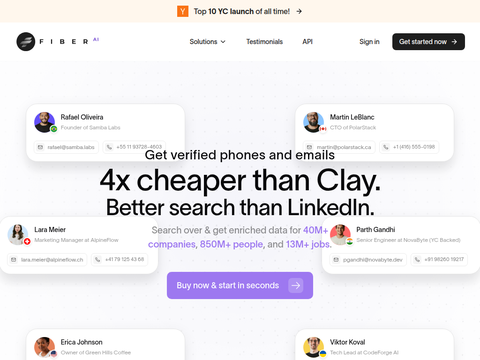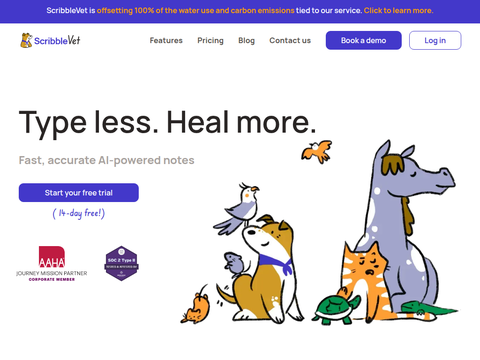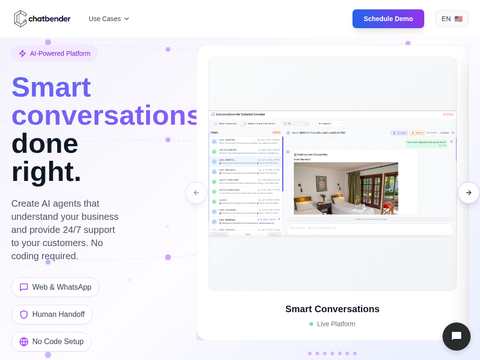Microsoft is actively transforming Windows into an “AI canvas” by embedding new AI agents directly into the Windows 11 taskbar. These enhancements aim to make AI agents feel like native assistants—always ready to take control of your PC and execute tasks with just a click. This move is part of a broader vision to evolve Windows into an “agent operating system.”
“Our goal is to ensure every user can harness the superpowers of artificial intelligence,” said Navjot Virk, Corporate Vice President of Windows Experiences, in an interview with The Verge.
Microsoft is integrating multiple AI agents into the Windows 11 taskbar, including its own Microsoft 365 Copilot and third-party options. “This integration goes beyond simply adding agents—it’s about weaving them into the core OS experience,” explained Pavan Davuluri, head of Windows.
These AI agents can operate in the background while you focus on other tasks—pulling data, accessing files and folders, and automating tedious administrative workflows. Once activated, the agent appears in the taskbar and runs silently in the background. “You can hover over the taskbar icon at any time to see exactly what the agent is doing,” Virk noted.
The AI agent integration is part of the new “Ask Copilot” feature in the taskbar, which merges local file search capabilities with Copilot functionality. “You’ll not only get lightning-fast searches for files and settings, but you can also converse with Microsoft 365 Copilot and launch AI agents directly from the taskbar,” Virk added.
Microsoft has even introduced new visual indicators in the taskbar to show real-time agent activity. Interactions with agents or Microsoft 365 Copilot appear in lightweight floating windows rather than full applications.
If an agent requires your attention or completes a task, it sends a notification and updates its status in the taskbar. Badges on the AI agent’s taskbar icon provide clear visual cues: a yellow exclamation mark indicates it needs help, while a green checkmark signals successful completion.
Users aren’t forced to use this feature. “These experiences are opt-in by design—we want customers to have full control over when and how they interact with Copilot and these agents,” Virk emphasized.
Developers will eventually build diverse use cases for these agents, supported by deep platform-level integrations from Microsoft. Through the Model Context Protocol (MCP), AI agent capabilities are being embedded into the core of Windows. “MCP provides a standardized framework that allows agents to securely discover tools and other agents via the device registry,” Davuluri explained. “It also enables our Windows team to offer built-in tools within the agent framework for seamless use.”
Each AI agent operates within its own dedicated workspace, isolated from the main Windows 11 desktop. “This is a policy-controlled, auditable execution environment,” Davuluri said. “It gives agents a sandboxed space—complete with their own Windows account—to interact with software just like human users would.” This separation enhances security, especially given that AI models aren’t always perfectly accurate, making it critical to isolate agent activity from the primary user session.
While taskbar-based agents represent a major AI advancement in Windows 11, they’re just one facet of Microsoft’s larger “agent OS” strategy. As part of this initiative, Copilot is also being integrated into File Explorer. “We want to bring deeply contextual, richer Copilot assistance right into the surfaces you already use daily—like File Explorer,” Virk stated.
With Copilot in File Explorer, Windows 11 users can summarize documents, ask questions about files, or draft emails based on document content—all with a single click.
Click-to-Act functionality on Copilot+ PCs has also been enhanced, enabling users to convert tables from web pages or anywhere on their PC into Excel spreadsheets. Once in Excel, users can manipulate the data, add columns, and leverage cloud-powered AI via Copilot and Agent modes—even though the initial conversion uses on-device AI models.
This hybrid approach—combining on-device AI (on Copilot+ PCs) with cloud-based AI (via Copilot)—appears to be Microsoft’s strategic direction for Windows AI features. A new writing assistance tool is now in preview, offering rewrite and composition capabilities in any text field across Windows 11, with offline support on Copilot+ devices.
Other AI enhancements include AI-generated email summaries in Outlook and automatic alt-text generation for images in Word documents. Microsoft is also developing a new “Fluent Dictation” feature for Windows that converts speech into grammatically correct, properly punctuated text.
This hybrid AI model is even more pronounced in Microsoft’s Windows 365 cloud PCs, which are accessible via Windows 11, web browsers, or mobile apps. These cloud instances combine Copilot+ capabilities with full cloud-powered Copilot features.
Hardware-accelerated BitLocker encryption is set to launch next year, requiring next-generation Windows devices built on currently undisclosed silicon. “Hardware acceleration for BitLocker depends on specific silicon capabilities,” Davuluri noted. “Once available, the OS will unlock these benefits for users.”
Additionally, Sysmon—a powerful system monitoring tool—will be integrated directly into Windows in early 2026. This will log security events in the system event viewer, simplifying management for security teams. Microsoft is also rolling out a visual refresh for Windows Hello and a new passkey manager that integrates with Microsoft’s password manager in Edge, as well as third-party solutions like 1Password and Bitwarden.








